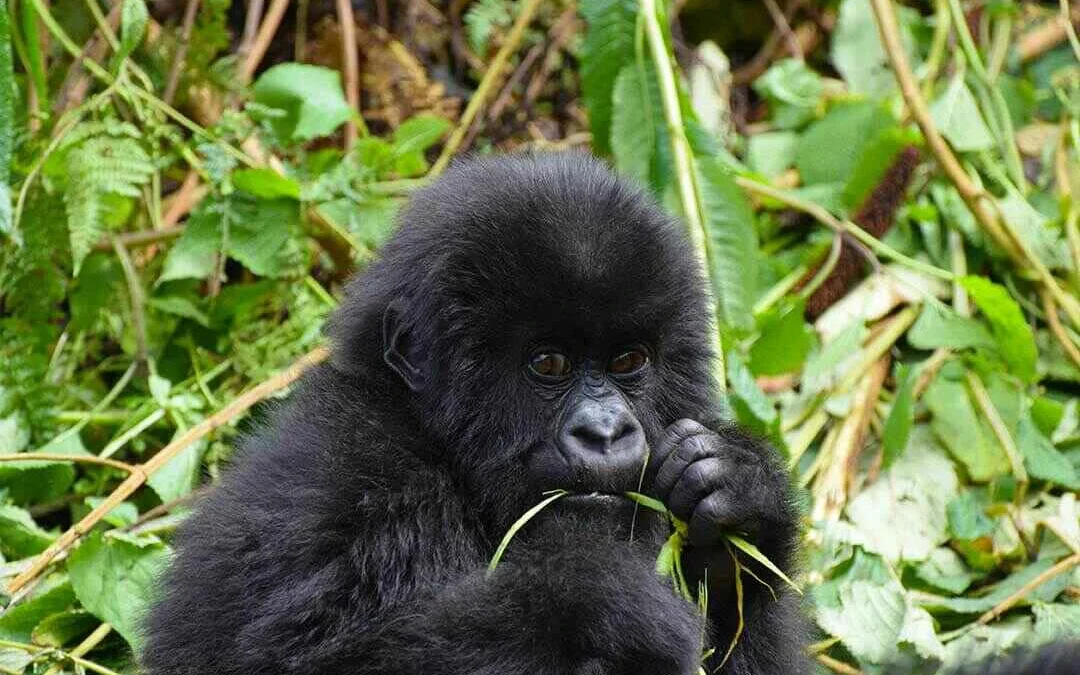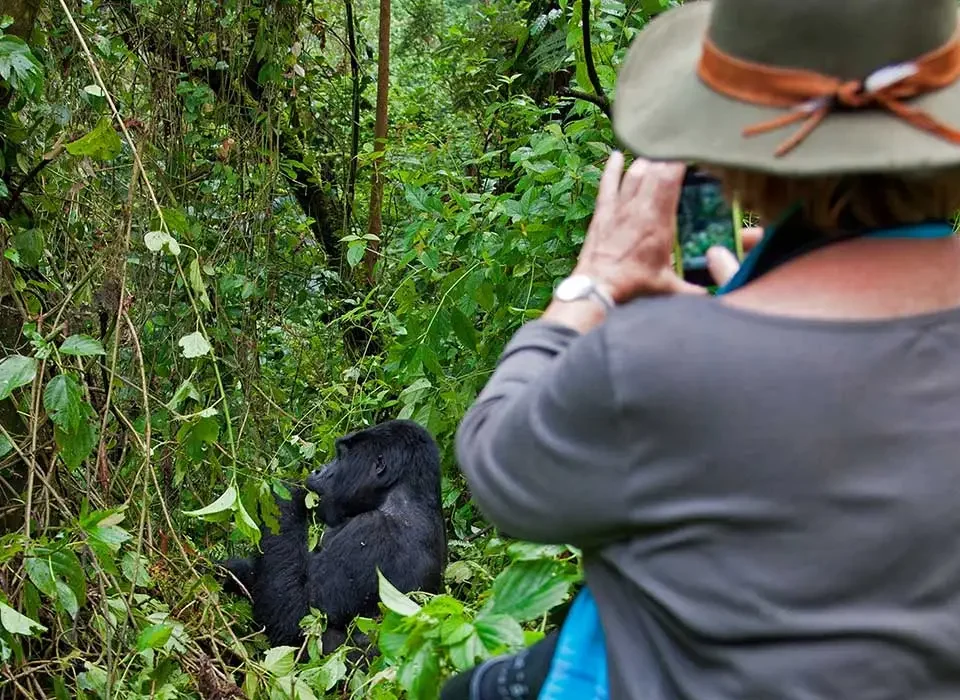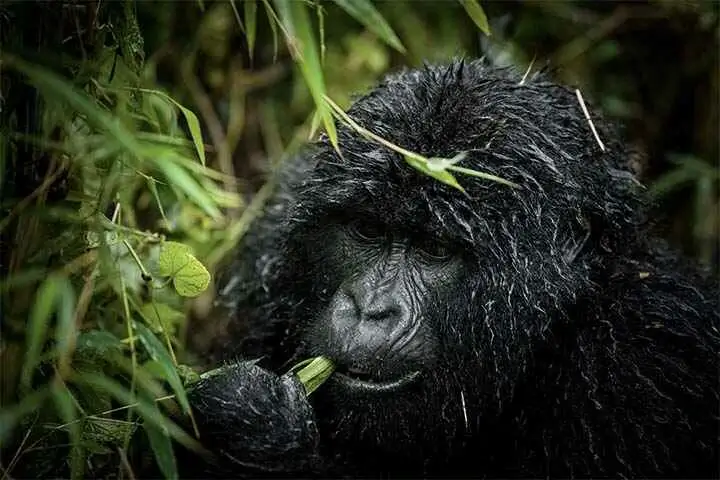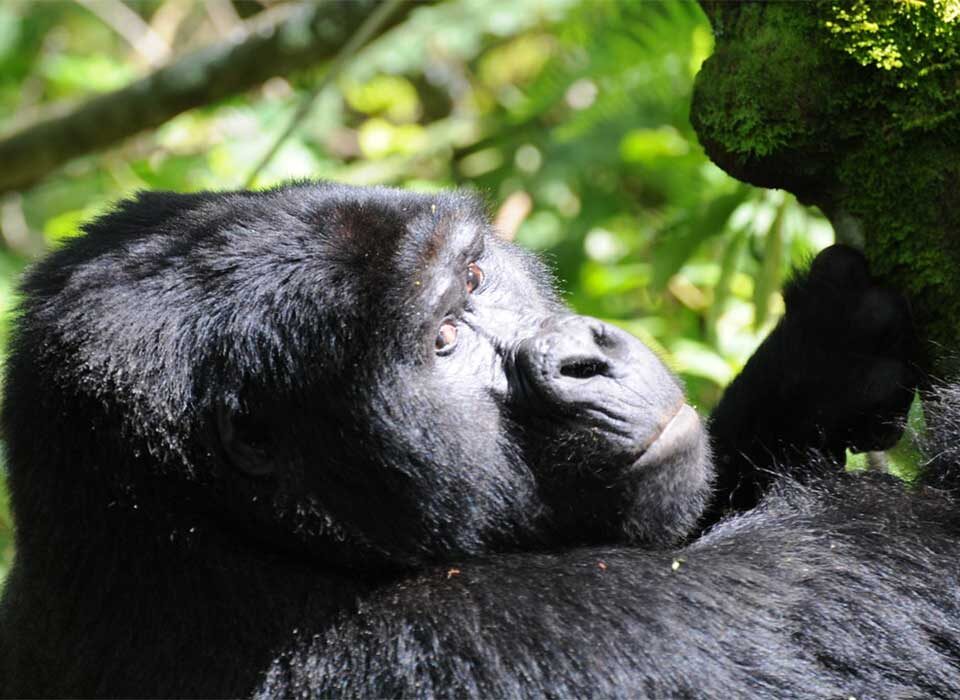
The Best Time to Go Gorilla Trekking, Weather, Permits & Wildlife
July 26, 2025
How Gorilla Tourism Supports Conservation and Local Communities
July 26, 2025Embarking on a gorilla trekking safari is one of the most profound wildlife experiences imaginable, but it also requires preparation unlike any typical vacation. Whether you’re journeying into Uganda’s Bwindi Impenetrable Forest, Rwanda’s Volcanoes National Park, or Congo’s Virunga, your physical, mental, and logistical readiness will define the quality of your experience. In this comprehensive guide, we explore what it takes to prepare for your trek—including fitness expectations, essential gear, health precautions, and mental mindset.
Physical Fitness for Gorilla Trekking
Gorilla trekking is not a casual nature walk. It involves navigating steep slopes, dense forests, uneven ground, and potentially muddy or slippery trails. The trek duration can range from one hour to several, depending on the gorilla family’s location on that day.
To prepare physically, begin light cardio training such as walking, hiking, stair climbing, and cycling at least a month before your trip. Focus on leg strength and endurance. Walking long distances uphill with a daypack is excellent practice. If you live in a flat area, consider treadmill incline training or using a step machine.
Travelers of all fitness levels do successfully complete treks, but being prepared physically reduces strain and increases enjoyment. Older travelers or those with mobility concerns may request shorter treks in advance. Porters are also available in most parks to assist with your backpack or lend a helping hand when terrain becomes difficult.
What to Pack: Essential Trekking Gear
Your success and comfort on the trek also depend on the gear you bring. Since gorilla trekking is done in tropical montane rainforests, be prepared for sudden changes in weather, mud, and dense vegetation.
Your must-haves include waterproof hiking boots with good ankle support, a light rain jacket or poncho, moisture-wicking clothing, and long-sleeved shirts and pants for protection against stinging nettles and insects. Gloves can help you grip branches and protect your hands while maneuvering through thick foliage. A wide-brim hat, sunscreen, and insect repellent are essential too.
Pack light but strategically. Include energy snacks, water, and a reusable bottle. A small backpack with rain cover is best. Don’t forget a camera or phone with a good zoom lens (flash is not allowed), and binoculars if you want to observe other wildlife along the way.
Health Precautions and Vaccinations
Traveling to gorilla trekking destinations often requires specific health preparations. It is strongly recommended to be vaccinated against yellow fever—some countries require proof for entry. Other recommended vaccinations include hepatitis A and B, typhoid, tetanus, and rabies depending on your travel route and personal risk assessment.
Malaria is also a concern in parts of Uganda, Rwanda, and DRC, so consult your doctor about antimalarial medication. Carry mosquito repellent with DEET and wear long sleeves and pants in the evening hours.
It’s also important to get travel insurance that covers medical emergencies, evacuation, and cancellation. Gorilla trekking involves remote terrain, and while incidents are rare, it’s wise to be covered in case of injury or illness.
Mental Preparation and Expectations
Trekking through the jungle in search of mountain gorillas is a mental adventure as much as a physical one. Patience is essential. There’s no exact timeline for when or where you’ll find the gorillas. Treks can last from 30 minutes to 7 hours, and weather conditions can shift quickly.
It helps to approach the trek as an immersive experience, not just a destination. You’ll pass through untouched rainforest, observe smaller wildlife, and experience the raw beauty of Africa’s montane ecosystems. Having realistic expectations and embracing the unpredictability will enrich your experience.
Also, be prepared emotionally for the moment you encounter the gorillas. Standing just meters away from a silverback and his family is both humbling and awe-inspiring. The stillness of the forest, the power of the gorillas, and the unspoken connection between species often move people to tears. This is a once-in-a-lifetime experience—stay present and soak it in.
Preparing Permits and Travel Documents
To participate in a gorilla trek, you must secure a permit in advance. Uganda, Rwanda, and DRC each require permits, and they vary in price and availability. It is advisable to book your trek at least 3–6 months in advance, especially during the high season.
Your tour operator—such as Exclusive Gorilla Journeys—can handle the permitting process on your behalf, along with arranging accommodation, transportation, and any additional excursions. Ensure your passport is valid for at least six months and that you meet all visa requirements for your destination country.
Cultural Sensitivity and Conservation Ethics
Part of preparing for your gorilla trek involves understanding the communities and conservation policies that protect these endangered animals. Local communities benefit from tourism, and your respectful presence can contribute to sustainable development.
Follow the rules laid out by park authorities, such as maintaining a safe distance (at least 7 meters), avoiding eye contact with the gorillas, speaking in hushed tones, and never littering in the park. If you are feeling ill, you may not be permitted to trek, as gorillas are highly susceptible to human diseases.
Final Thoughts
Preparing for a gorilla trek means more than buying boots or booking a flight. It’s about getting your body ready, your gear packed, and your mind attuned to the rhythms of the wild. With thoughtful preparation, your journey will not only be more comfortable but also more meaningful.
At Exclusive Gorilla Journeys, we ensure every detail is handled so you can focus on the adventure, the moment, and the magical encounter with the gentle giants of Africa.




